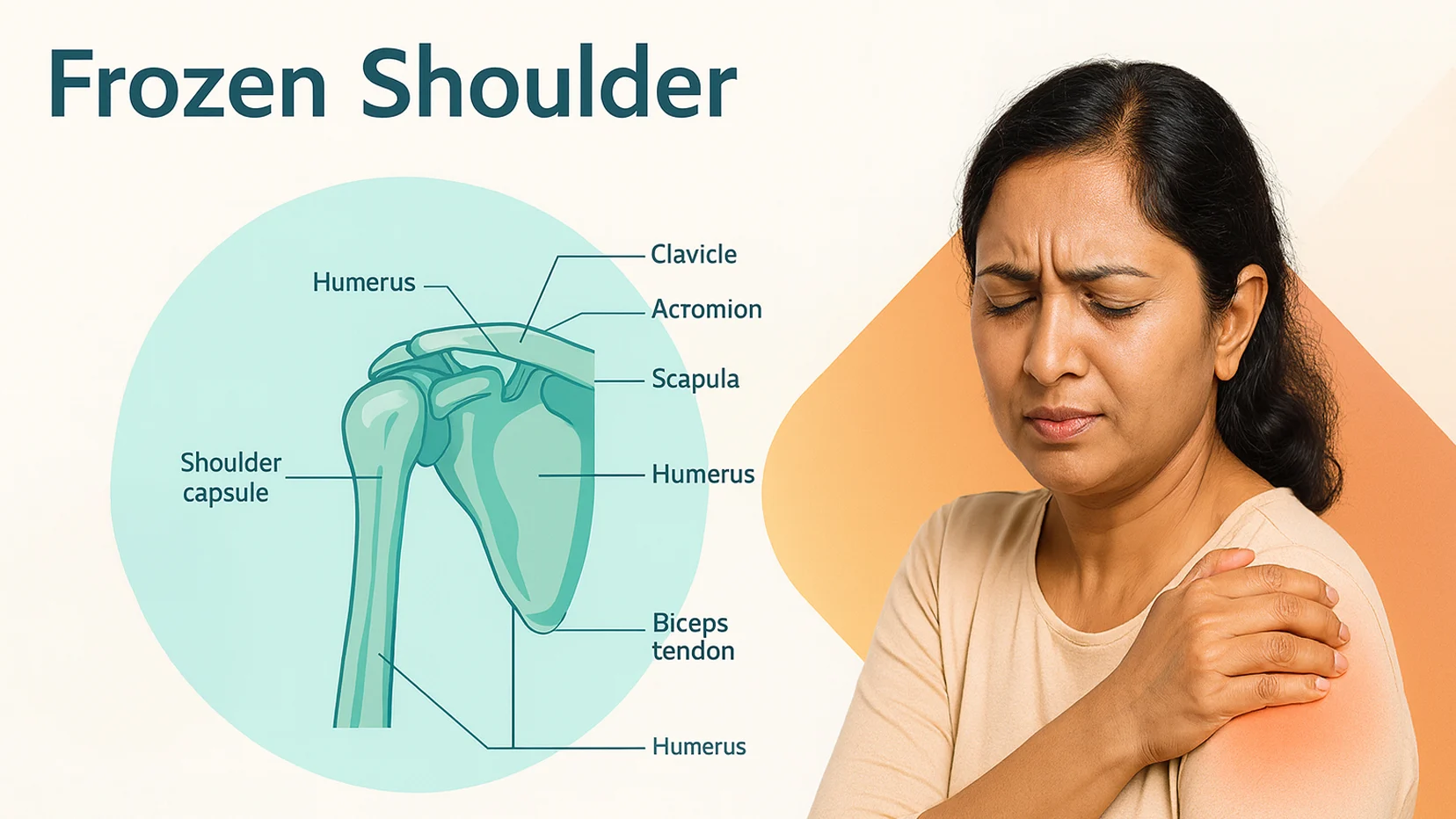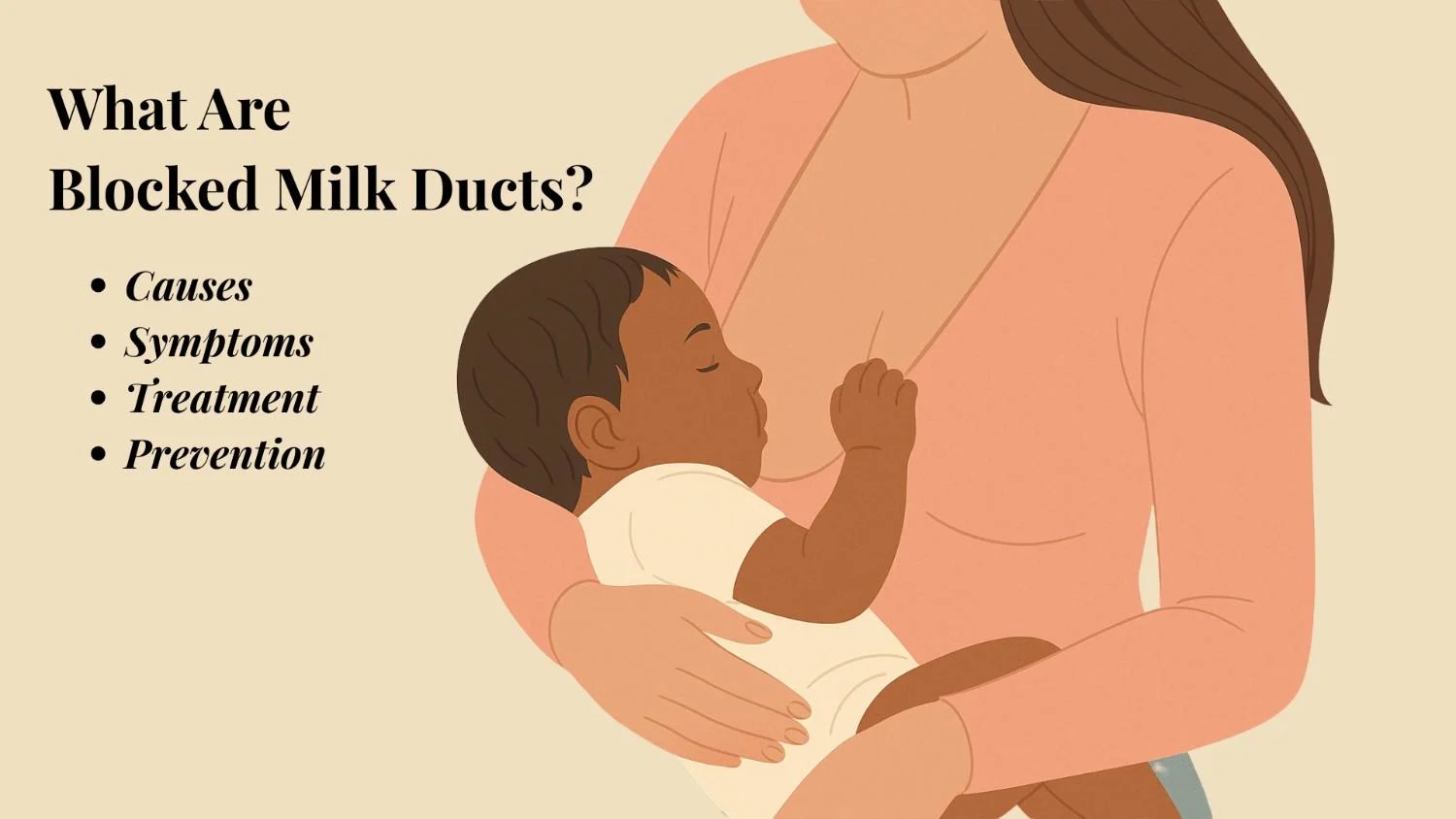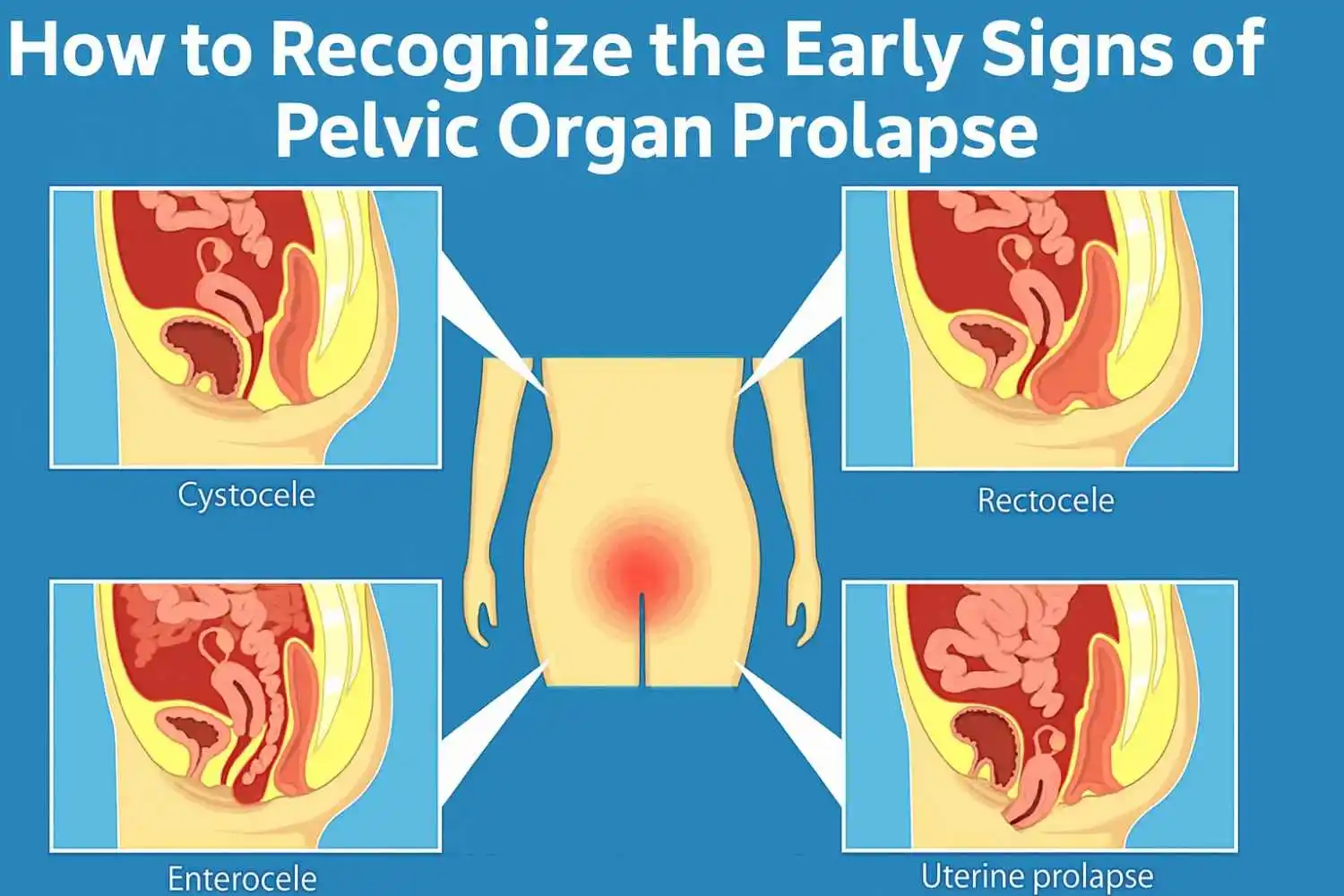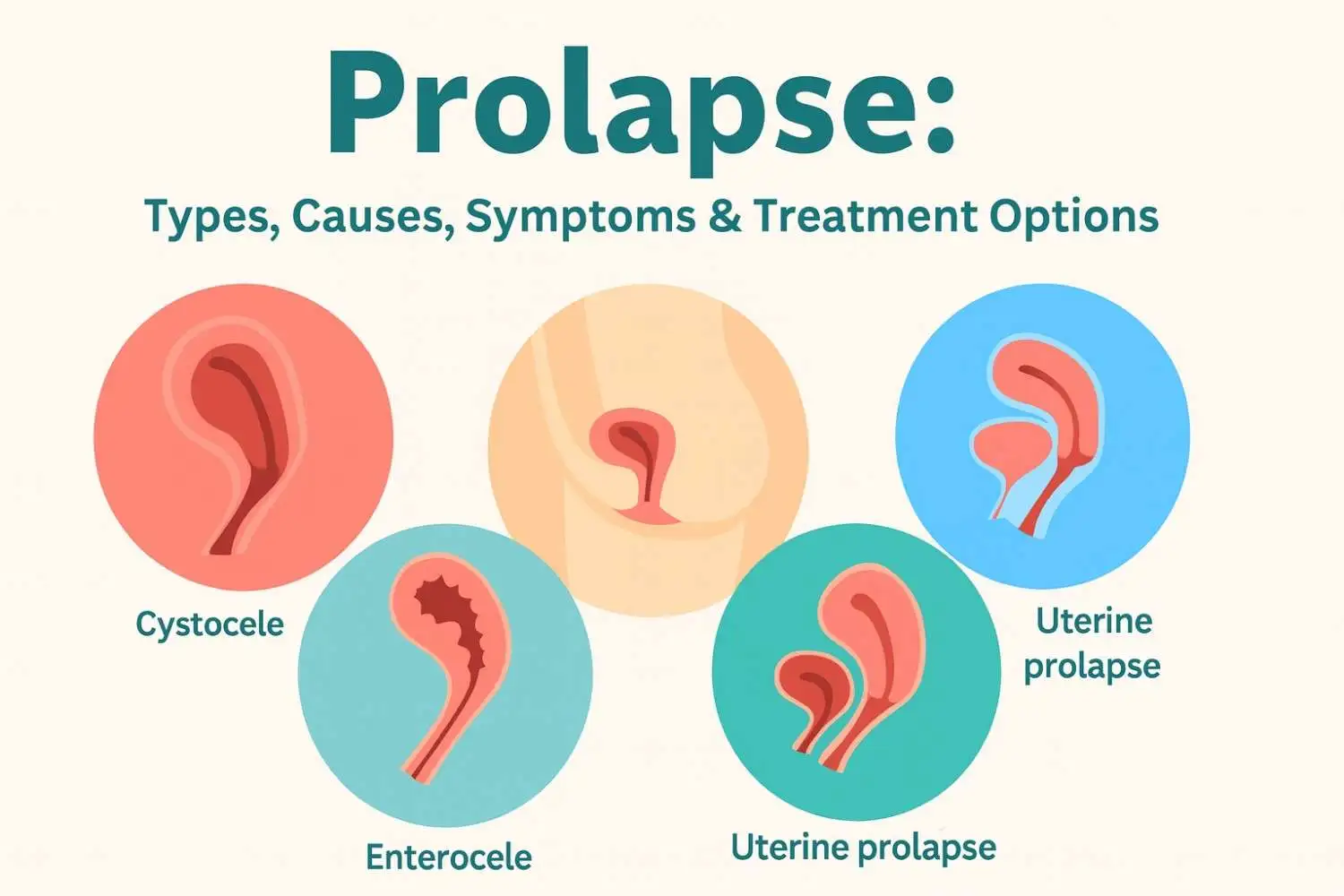




Author: Dr. Garima Biswas
Yoga 0
Understanding Ulcerative Colitis (UC)
Ulcerative colitis (UC) is a chronic form of inflammatory bowel disease (IBD) assumed to originate inside the colon and rectum. It leads to inflammation and ulcers of the digestive tract, giving rise to symptoms such as persistent diarrhea, abdominal pain, and rectal bleeding. Whereas other gastroenterological disorders involve damage to the immune system or abnormalities in the digestive tract's functioning in its activity, ulcerative colitis starts as an autoimmune disorder where the immune system attacks the lining of the colon by mistake, leading to internal repair.
An overactive immune system, along with genetic predisposition, seems to be the main factor that causes ulcerative colitis. Scientists are still trying to figure out the exact cause of the disease. The peak onset of the disease may occur at any time during childhood or early adulthood, but adult diagnosis is most likely to occur in people aged 15 to 30 years.
Ulcerative colitis belongs to anti-inflammatory bowel diseases (IBD), with Crohn's disease being one of its major types. Crohn's disease can affect any location in the digestive tract, whereas ulcerative colitis starts from the colon and progresses to the rectum. The disease is characterised by remission (when symptoms improve or totally disappear) and flare-ups (when the disease becomes active and severe).
Prevalence of Ulcerative Colitis
Geography -
Ulcerative colitis is most common in North America and Western Europe.
Ethnicity -
Ethnicity is associated with a higher prevalence of diagnosis among Caucasians, particularly those of Ashkenazi Jewish background.
Age group -
Initial symptoms of UC appear during the second and third decades, peaking at 15-30 years, with a second smaller peak during 50-70 years.
Gender -
Men and women are equal in terms of risk.
Genetics -
A history of IBD within a family is the most significant risk factor implicated in ulcerative colitis.
Given its chronic nature, it has always been a need for the diagnosis of the ulcers, and the management of the ulcers continually, which eventually may lead to an elevation in the quality of their lives.
What is Ulcerative Colitis?
Ulcerative colitis is an autoimmune disease that causes long-term inflammation and ulcers in the inner lining of the colon and rectum. Unlike Crohn’s disease, which affects multiple layers of the digestive tract, ulcerative colitis only impacts the superficial mucosal layer.
How it Differs from Crohn’s Disease
| Feature | Ulcerative Colitis | Crohn’s Disease |
| Affected Area | Only the colon and rectum | Can occur anywhere in the digestive tract |
| Pattern of Inflammation | Continuous inflammation along the colon | Patchy inflammation with healthy tissue in between |
| Depth of Inflammation | Affects only the inner lining | Can affect all layers of the bowel wall |
| Symptoms | Bloody diarrhea, rectal bleeding, urgency to defecate | Abdominal cramping, mouth sores, anal ulcers |
Since ulcerative colitis is relapsing and remitting, symptoms can improve for weeks or months before suddenly worsening.
Ulcerative Colitis Causes and Risk Factors
While the exact trigger for ulcerative colitis remains elusive, many factors are known to contribute to its genesis:
1. Genetic Factors
-
Hereditary -
The development of ulcerative colitis is increased when some first-degree relatives use their immune system against healthy tissues or organs of the intestine.
-
Genes linked to UC -
The development of ulcerative colitis is more common among those in families where this disease already exists.
-
Ethnic predisposition -
The incidence of ulcerative colitis is higher among those of Ashkenazi Jewish ancestry.
2. Immune Dysfunction
-
This is an autoimmune disease, meaning that the immune system of the body is against normal colon tissue.
-
This leads to chronic inflammation, ulcers, and tissue destruction in the colon.
3. Environmental Triggers
-
Diets rich in processed foods and low in fiber increase the incidence of flare-ups and worsen symptoms.
-
Air pollution and urbanization are linked with the increased prevalence of UC.
-
The relationship between smoking and the development of IBD is complex; Crohn's disease is increased in risk, while UC may have some protective effect.
4. Gut Microbiome Imbalance
-
An imbalance in gut bacteria may trigger the immune system to overreact, leading to immense inflammation.
-
The microbiome is disturbed due to antibiotic use, infections, and dietary changes.
5. Other Risk Factors
-
Age: UC has its peak onset between the ages of 15 and 30 or between 50 and 70 years.
-
Stress and overall lifestyle factors are thought to exacerbate symptoms, although they are ot the causative agents of the disease.
Symptoms of Ulcerative Colitis
Common Symptoms:
✔ Diarrhea accompanied by blood or mucus
✔ Pain and cramping in the abdomen
✔ Urges to defecate
✔ Bleeding from the rectum
✔ Unintended loss of weight
Serious Symptoms:
✔ Fever and uncontrollable fatigue
✔ Dehydration through excessive diarrhea
✔ Anemia through chronic blood loss
✔ Pain and inflammation of joints
✔ Skin and eye problems (extraintestinal symptoms)
Different Types of Ulcerative Colitis
According to the specific part(s) infected, ulcerative colitis can be classified under different types:
1. Ulcerative Proctitis
-
Inflammation localized to the rectum.
-
Symptoms include rectal bleeding, mild diarrhea, and urgency.
2. Proctosigmoiditis
-
Affecting the rectum and sigmoid colon (the lower portion of the colon).
-
Symptoms include bloody diarrhea and abdominal cramps.
3. Left-Sided Colitis
-
The disease extends from the rectum to the splenic flexure.
-
Symptoms include severe cramps and weight loss.
4. Pancolitis
-
It can affect the entire colon, the effects being severe diarrhea, pain, and considerable weight loss.
5. Fulminant Colitis
-
The most severe and life-threatening form of UC could cause toxic megacolon.
-
Immediate hospitalization is required, with possible surgery necessary.
Diagnosis of Ulcerative Colitis
✔ Medical History and Physical Examination
✔ Blood Tests - These check inflammation factors like CRP and ESR.
✔ Stool Tests are to rule out infections.
✔ Imaging Tests - CT scan, MRI, or X rays to analyze the colon.
✔ Endoscopic Procedures
-
Colonoscopy — A Visual examination along with biopsy sampling.
-
Flexible Sigmoidoscopy — Views the lower colon.
The Complications of Ulcerative Colitis
❗ Excessive bleeding from ulcerations.
❗ Toxic megacolon, a life-threatening complication.
❗ Colon perforation, sometimes requiring emergency surgery.
❗ Susceptibility to colorectal cancer.
❗ Malnutrition and nutritional deficiency.
Treatment Options for Ulcerative Colitis
Medical Treatment
✔ Anti-inflammatory drugs – aminosalicylates, corticosteroids
✔ Immunosuppressants – azathioprine, methotrexate
✔ Biologics – TNF inhibitors (Infliximab), JAK inhibitors
Dietary and Lifestyle Changes
✔ Low-fiber diets with flare-ups
✔ Avoiding trigger foods (processed foods, dairy, high-fat foods)
✔ Hydration and stress management
Surgical Treatments
✔ Colectomy — Removal of the colon
✔ Ileal pouch-anastomosis (commonly referred to as J-pouch surgery)
Living with Ulcerative Colitis
✔ Follow a healthy diet plan
✔ Exercise and stress management
✔ Periodic screening for colon cancer
✔ Support for mental health and therapy
Conclusion
It's a lifelong condition to deal with ulcerative colitis; however, early diagnosis, adjustments in the lifestyle, and appropriate medical treatments can help control the symptoms and also make a huge difference in the quality of your life. If you encounter any symptoms, consult a healthcare worker for a tailored treatment plan.
Add comment



















.webp)





.jpg)






































